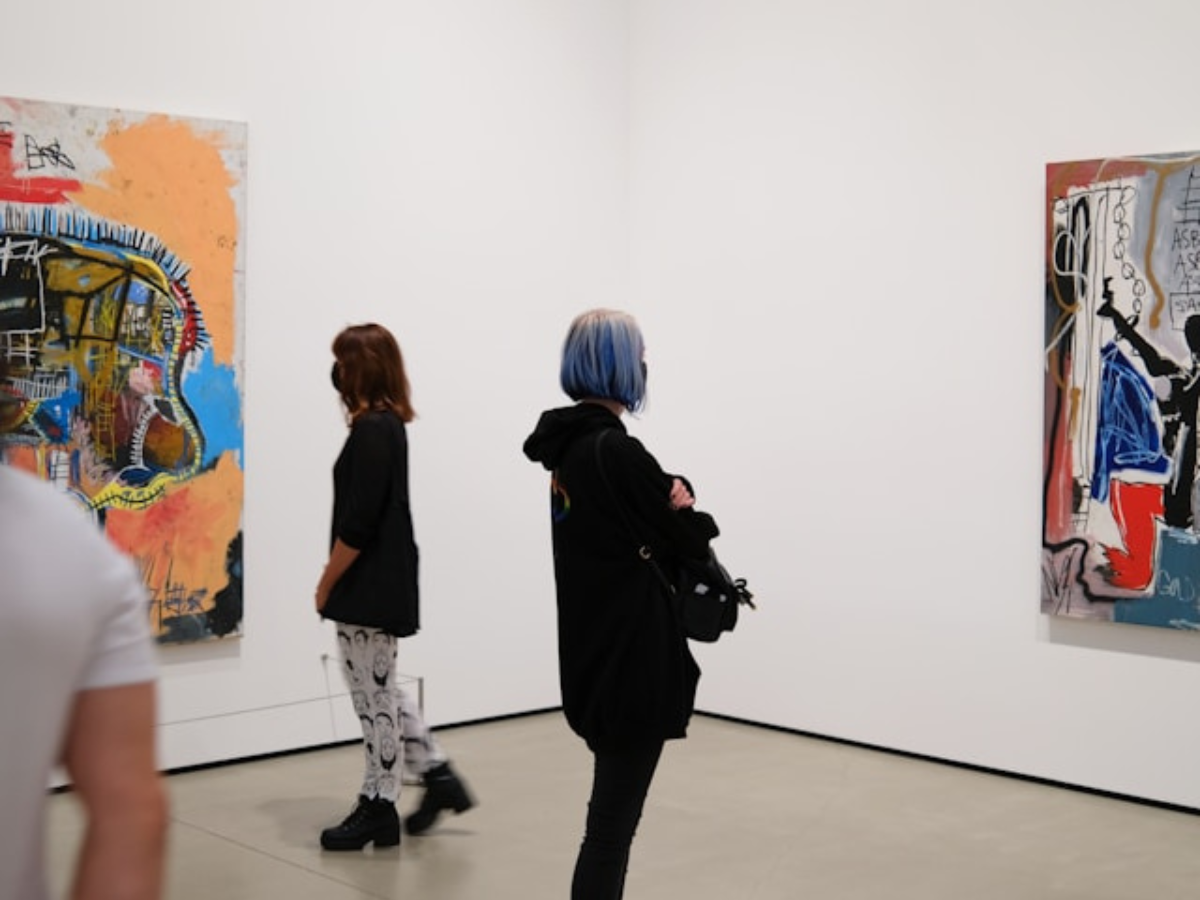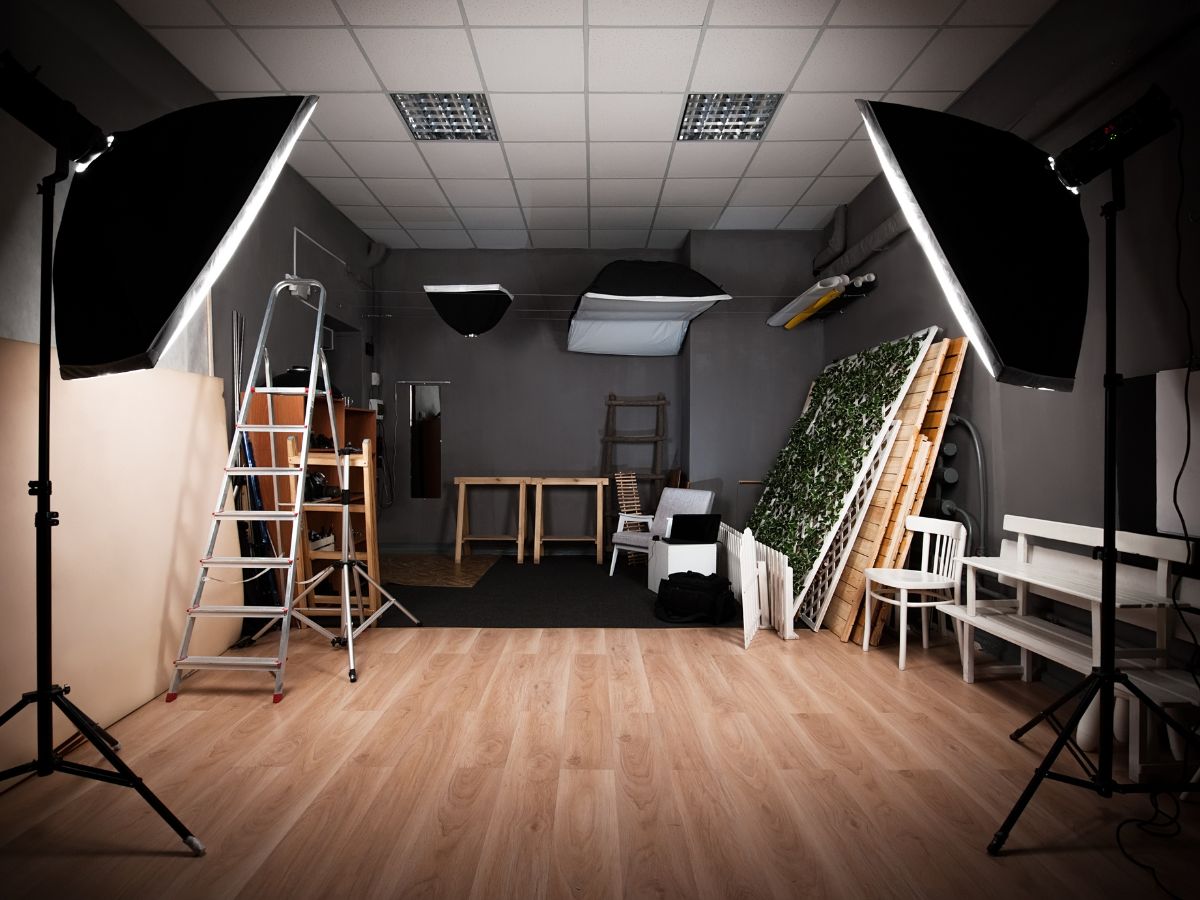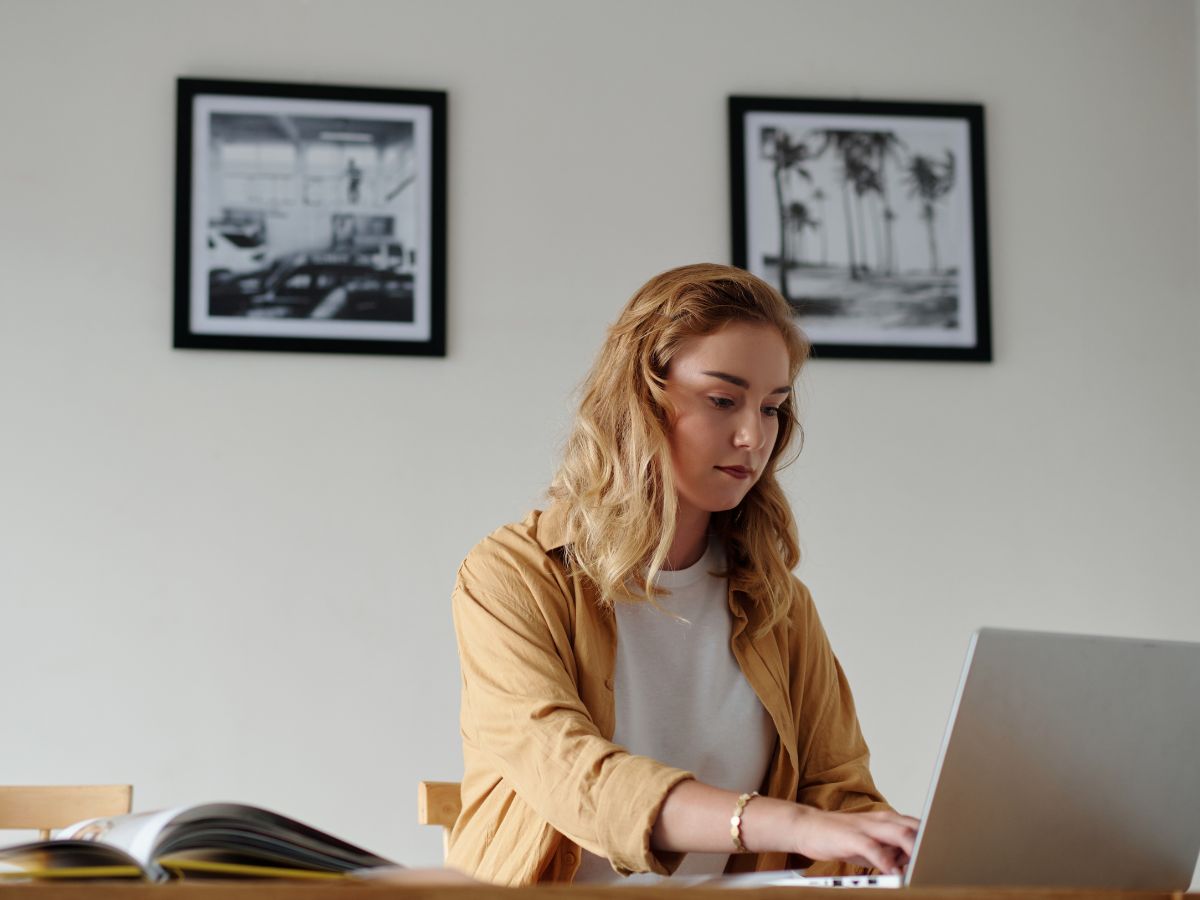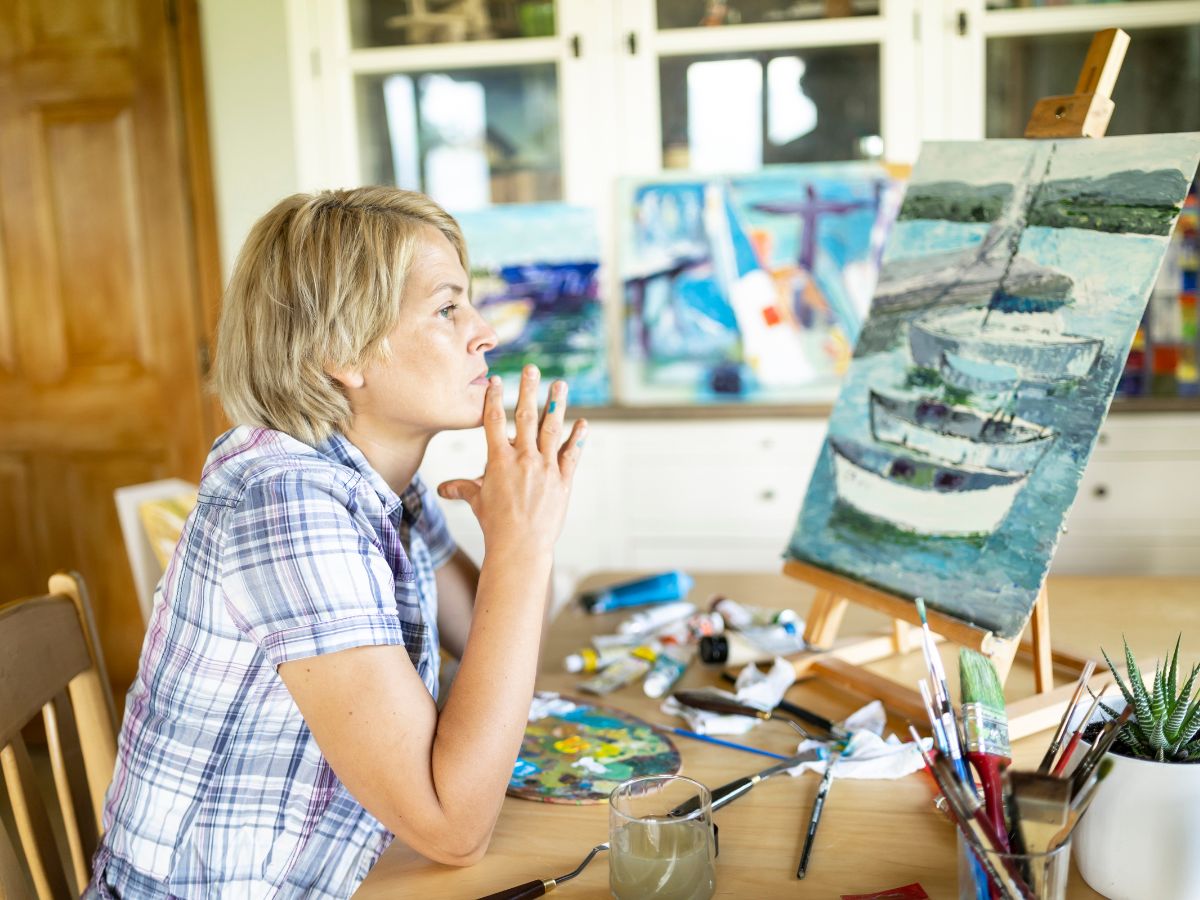
Why Mixed Media Art Is a Game-Changer: Exploring Its Creative Advantages
Mixed media art has emerged as a dynamic and innovative approach to creative expression, blending different materials, techniques, and textures within a single artwork. From collages that pair photographs with paint to sculptures incorporating found objects, mixed media opens a world of artistic possibilities. But what makes mixed media so impactful? The main advantage lies in its unparalleled ability to foster creativity and break boundaries.








